Vom Abstrich bis zur Laborauswertung: Wie läuft ein COVID-19 Test ab?
10.02.2021
Dank der besseren Verfügbarkeit von Testmaterial und der Einführung neuer Testrategien, konnten die COVID-19 Tests in den letzten Monaten rasch ausgeweitet werden. Das Reisemedizinische Zentrum und das Diagnostik-Zentrum des Swiss TPH in Basel bieten den SARS-CoV-2 PCR-Test sowie den Antiköper-Test an. Haben Sie sich schon einmal gefragt, wie die Arbeit im Labor abläuft, wenn Sie einen Corona-Test machen? Die folgenden Bilder zeigen, wie ein solcher PCR-Test genau durchgeführt wird und welche arbeitsintensiven Schritte im Labor damit verbunden sind.
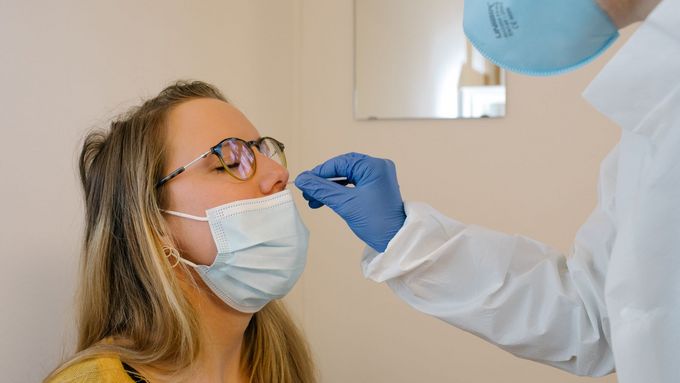
Fotos: Danielle Powell, Swiss TPH
1. Bei der Patientin wird ein Nasen-Rachen-Abstrich durchgeführt
Personen, welche COVID-19 Symptome aufweisen (nur für Mitarbeitende und deren Angehörige) oder asymptomatische Personen, welche einen COVID-19 Test für Reisezwecke benötigen (offen für die allgemeine Bevölkerung), können sich am Swiss TPH testen lassen. Wer zum Test ans Swiss TPH kommt, erhält sowohl einen Nasen- als auch einen Rachen-Abstrich. Es ist wichtig, dass beide Abstriche genommen werden, damit die Chancen möglichst hoch sind, potentiell vorhandene Viren zu erkennen. Der Nasen-Rachen-Abstrich dauert etwa 10 Sekunden. Das medizinische Personal ist dabei mit einer Schutzbrille, Handschuhen, einer FFP-2-Maske, einem Einweg-Laborkittel und einem Haarnetz geschützt.
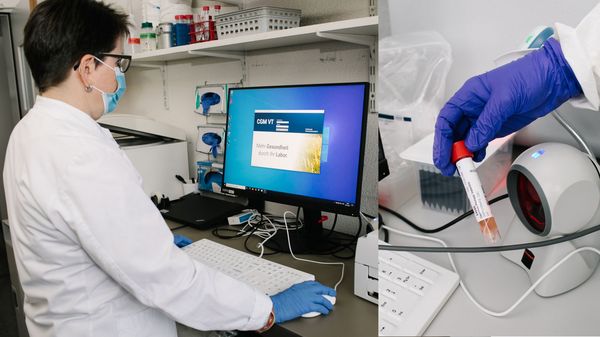
2. Registration of the sample
The medical person takes the sample to the diagnostics lab. Here the sample is first registered and receives a unique barcode in order to prevent mix-up with other samples. All relevant patient (name, date of birth), clinical (e.g. symptoms) and other data (e.g. passport number) are saved in the laboratory information system which is protected and only accessible by the laboratory staff.
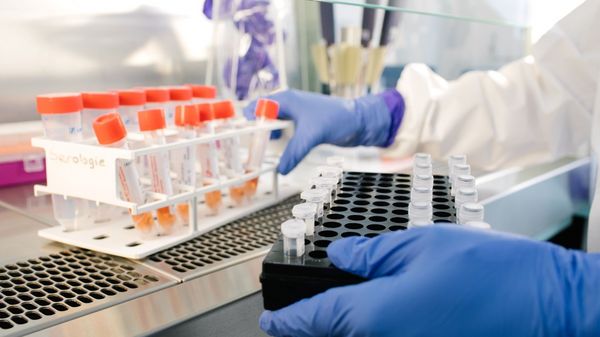
3. Preparation of the sample to extract the genetic material
Then, the material is prepared for the extraction of the genetic material of the virus, while ensuring upmost safety and security.
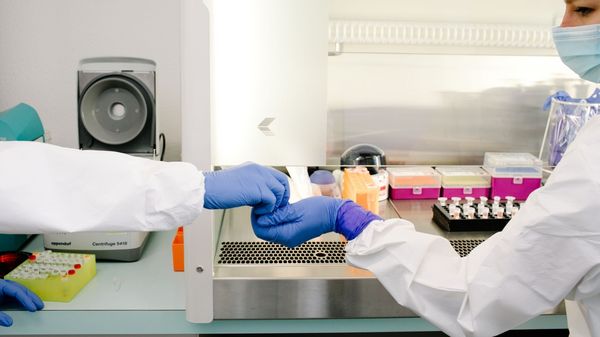
4. Working hand in hand to purify the genetic material (RNA) of the virus
The sample goes now through many processing steps in order to extract and purify the virus genetic material – Ribonucleic acid (RNA). More than 10 steps (pipetting, centrifugation, washing and more) are completed and at the end, the clean RNA is available. This process takes up to 3 hours, depending on the number of samples to test.
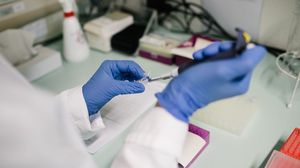
5. Amplification and detection of viral RNA
In a next step, the purified RNA is added to a combination of different reagents and then the polymerase chain reaction (PCR) is started. The PCR reaction amplifies specific areas of the genome from the SARS-CoV-2 virus leading to multiplication of these regions.
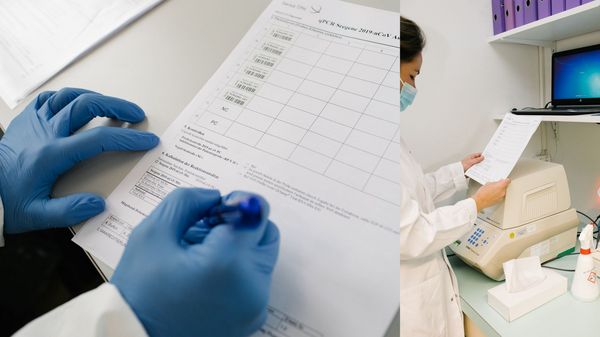
6. Results are ready 1.5 hours after the PCR has been started
If the SARS-CoV-2 genes are present in the sample, they will be amplified by PCR and can be detected. This means the sample is SARS-CoV-2 positive. If no virus was present in the sample, the specific genes are absent, nothing will be amplified and the result presents negative.
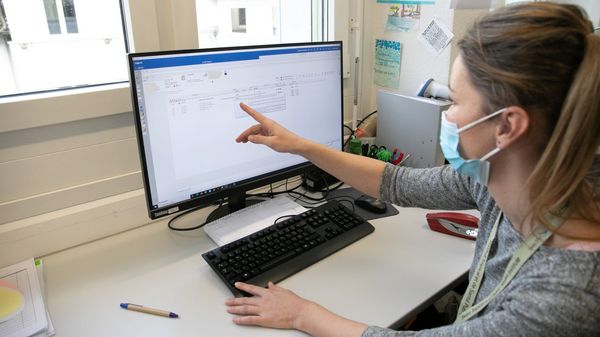
7. Validation of results
Each result is imported into the laboratory information system, checked and validated by the laboratory staff (technical validation) and then by the academic staff (medical validation). The results are then sent to the patient and physician via secure email. In addition, the test results must be reported to the Swiss Federal Office of Public Health (FOPH), and if positive, additionally to the cantonal physician.
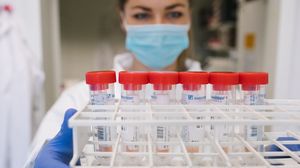
8. Complex process with many steps
A COVID-19 test is an extensive process that can take around 6 hours and is comprised of many different steps, manpower, and elaborate handwork.
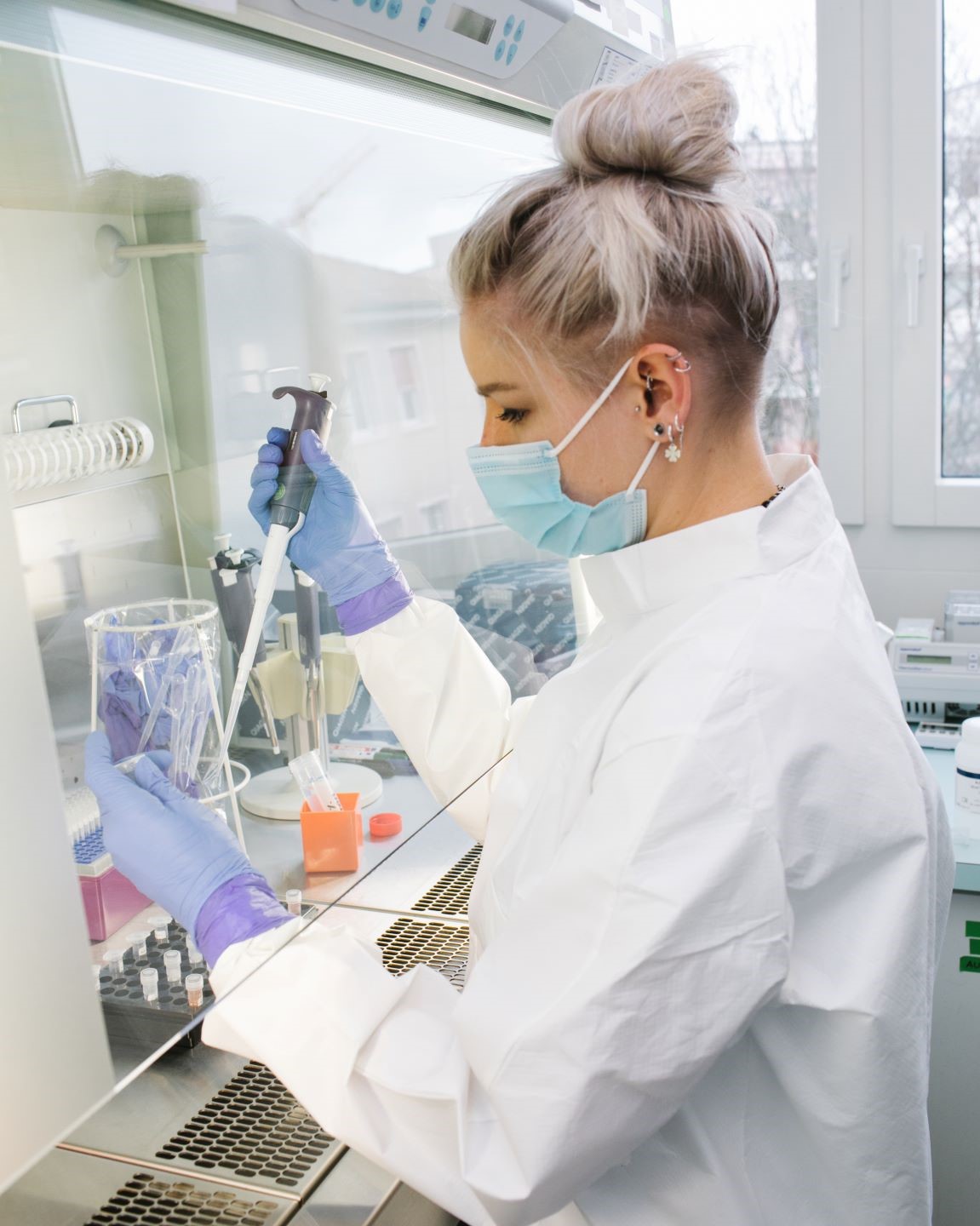
Kontakt
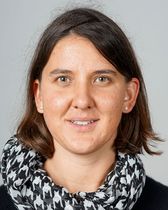
Marie-Therese Ruf
PhD
Deputy Head of Unit, Group Leader
+41612848393
therese.ruf@swisstph.ch
Stay connected
Subscribe to our newsletter and get all the latest research news, project updates, course and event listings from Swiss TPH.